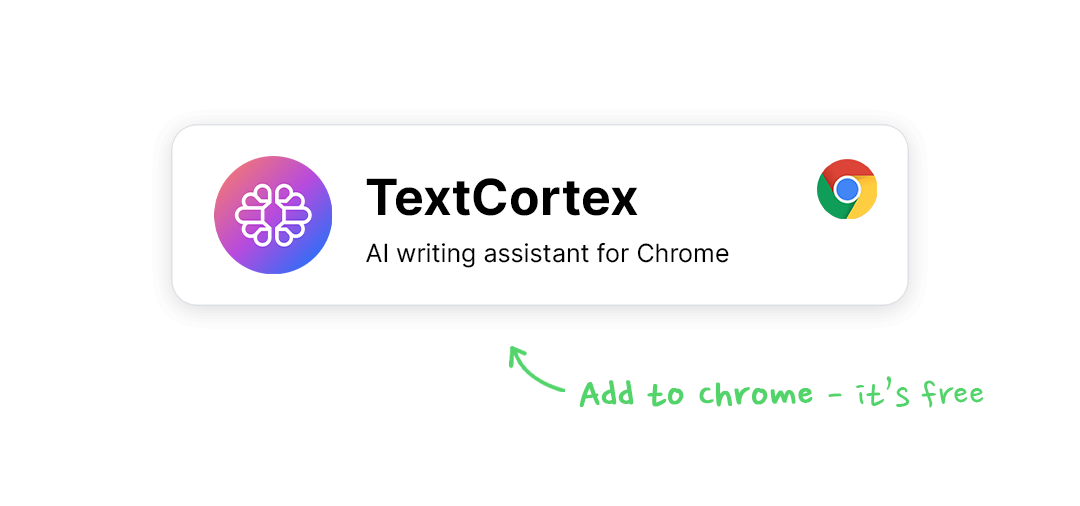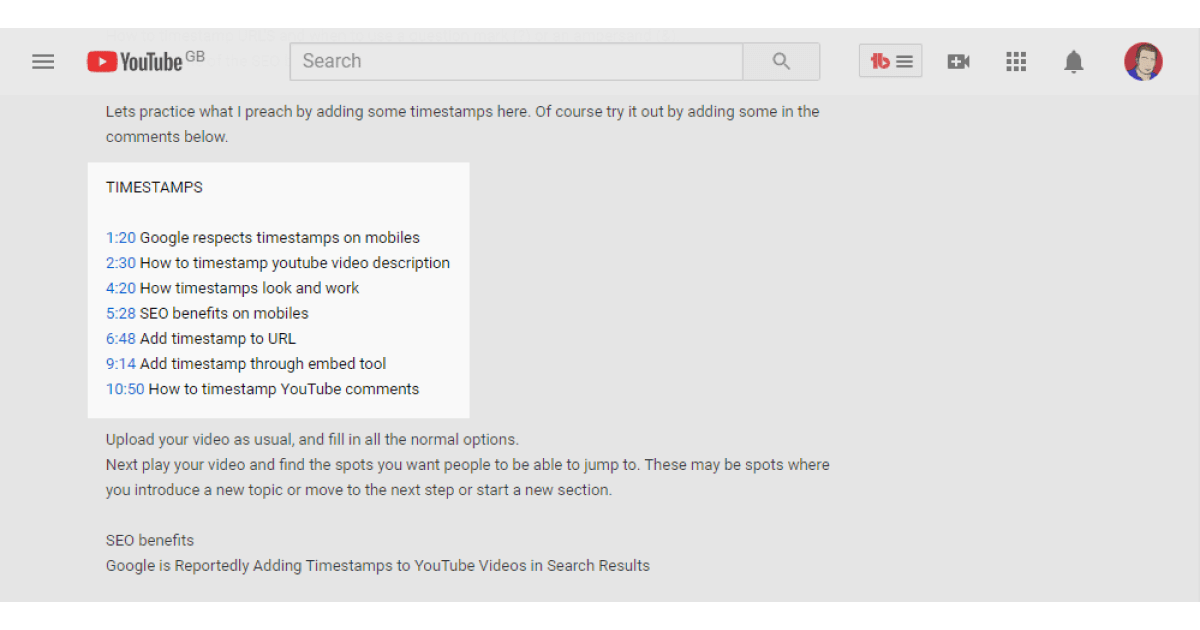Have you noticed a positive or negative impact on your website's performance since May 25th?
Whichever the case is, don't worry. It is not a glitch in Google's system. Instead, this happens due to Google's latest Core Algorithm update, also known as MUM.
Suppose your website performance has improved as a result of this update, Congratulations! That means you're doing an excellent job with your SEO strategy and should keep up the good work.
On the other hand, if your content performance is significantly decreasing, don't panic just yet.
Today, we'll go over this topic and discuss how the Google update 2022 will affect SEO search queries and what you can do to ensure your website's good ranking in search results.
Let's start!
MUM — Google Update 2022
The Multitask Unified Model, or MUM, is an artificial intelligence-based algorithm update designed to address more challenging search issues and better understand search intent.
According to Google's VP, Pandu Nayak, Google users tend to issue up to 8 queries on complex tasks.
And to improve platform performance, it is not uncommon for Google to twerk its algorithms to provide a better user experience and more relevant results.
You've heard about some previous Google updates, such as Panda, Penguin, and Hummingbird.
The Google update 2022 accomplishes the same goal with a more holistic approach.
In simple words, MUM can locate solutions to complex queries by searching across several media types and languages.
How Does MUM work?
No one knows how Google algorithms work unless Google tells us. But, we need to be realistic here -- expecting them to provide such answers is not natural.
However, there is information Google shares with us. Here is what we know:
MUM uses T5 (Text-To-Text Transfer Transformer), which gives its algorithms a better understanding of language in general.
T5 is a machine learning technique for NLP (Natural language processing) that is 1000x more powerful than BERT — a major NLP update that establishes an understanding of the context.
That includes words that come before and after them.
How does that affect search queries?
We can analyze visibility and volatility to determine how a Google core upgrade affects organic search results.
Visibility describes a domain's natural presence in Google search results. A site ranks higher for more high-volume keywords likely to generate clicks when the visibility metric rises.
Here is what the visibility index looks like:

On the other hand, a dropping visibility statistic implies a loss of keywords for the domain. And volatility is the degree to which the visibility metric increases or falls.
Here is what rank volatility by keyword intent looks like:

According to informational (answer) and transactional (buy) graphs, search queries had above 50% volatility.
MUM's upgrade makes significant changes in organic traffic. Thus, it's critical to understand which SEO strategies you can preserve in your workflow to keep up with Google preferences.
Let's find out.
Google Update 2022 And SEO
Google Update 2022 is swift, extensive, and comprehensive compared to past search engine updates.
That is due to Google's never-ending efforts to become an utterly semantic search engine.
As a result of their efforts, MUM's primary purpose is to make it possible even more by improving knowledge about search intent.
Improving the context of search queries and maintaining consistent, high-quality content will automatically impact content relevance and conversions.
And to achieve that, here are the best SEO practices to follow:
1. Don’t Give Up On Classic SEO
One of the flaws of complex algorithms is that they require a lot of processing power. That directly influences how MUM actually can research Google pages. For example, it allows you greater depth when searching content, but it still needs a lot of developments to cover all network pages.
As a result, Google utilizes a simpler algorithms to pre-select pages based on relevance, quality, and authority.
According to Mert Erkal, international SEO expert and founder at Stradiji.com, technical SEO will remain a vital aspect of SEO, but its implementations will become less relevant.
The site's reputation and legitimacy, as well as achieving user expectations, will remain the #1 goal for all website owners.

As before, you will have to check the topic's relevance, the authority of backlinks, and the quality of the user experience.
That is because MUM is unlikely to pay attention to pages that do not match these fundamental characteristics.
2. Focus On The Content’s Practical Benefits
MUM is a simple algorithm that overcomes language boundaries to provide us with the most advanced search engine experience.
Because of that, Google focuses on minimizing the time we spend searching for the correct answers.
Furthermore, Google wishes to accompany the user on their journey by providing as many touch points with content as possible during the search process.
Here is how to optimize your content for SEO on the jogging guide example:

Here is another example. Let’s assume you're developing content for Korean language classes. A beginner is likely to ask, "Can you learn Korean from scratch?"
Then another question comes, "How long does it take to learn Korean?"
The user will only get to the direct search for a language school after determining that the topic is sufficiently sophisticated.
The overall idea is to influence companies to improve customers' searching process and provide them with all relevant answers along the way.

3. Consider Different Media Formats
The critical aspect of MUM is the deep perception of several modalities.
For example, do you remember Google Lens, Alexa, or Siri?
Multiple Google patents signed in 2021 show that Google can already understand speech, video, and photos. Consider this example: feature-based video annotation.

The main focus of SEOs is textual content. However, thanks to MUM, Google dramatically increases the variety of media forms available in SERPs.
That is because it becomes more adept at comprehending and contextualizing text, audio, video, and image content.
You can easily find this out when looking at how photographs are categorized in image searches or when timestamps are automatically marked in YouTube videos.

As MUM becomes more active, businesses will need to perform SEO tasks for more than just text-based media.
As a result of MUM, Google is beginning to respond to more search queries in its effects, which can be why some websites are experiencing a decline in organic traffic.
Additionally, it implies that only websites that produce the most excellent content and include Google's best practices regarding various media formats can successfully meet user expectations.
This leads us to the last but not least:
4. Follow The Fundamental Google Webmaster Guidelines
Miyamoto Musashi once said, “Know your enemy, know his sword.” Although Google is not the real enemy here, we are still playing in his arena, right?
And, like any other host, it has standards to ensure the high quality of the information available on its platform, ultimately bringing value to its users.
It’s almost like a poker game. Either you will play by the rules of the house, or you’re out.

Google's Webmaster guidelines exist to prevent the most common types of deceptive or manipulative behavior and will penalize any misleading practices.
Website owners who are using them to search and improve their content will provide a better user experience than ones that are search loopholes they can exploit.
Let's learn the rules of Google's house to stay in the game.
1. General Guidelines
- Create a valuable, information-rich website, and produce pages that summarize your topic clearly and accurately.
- Consider the keywords that users might use to reach your pages and ensure to include them in your website content naturally.
- Make sure your <title> and <alt> elements are descriptive, specific, and correct.
- Create a clear conceptual page structure for your website.
- Stick to Google's best practices for photos, video, and structured data.
- When utilizing a content management system (such as Wix or WordPress), ensure that it generates crawlable pages and links. Those techniques are useful for tracking individual user behavior.
- Make the most important content on your website visible by default.
Google can crawl HTML content hidden inside navigational elements like tabs or expanding sections, although this is less visible to consumers.
- Ensure that the advertisement links on your pages do not have an impact on search engine results.
2. Quality Guidelines
- Create pages primarily for users rather than search engines.
- Don't mislead your customers.
- Avoid tricks to boost search engine rankings. A good starting point is to ask, "Does this benefit my users? Would I do this if there were no search engines?"
- Consider what makes your website distinct, valuable, or engaging, and use that to make your website stand out in your industry.
Will Google Update 2022 Target AI-Generated Content?
When people ask this question, "will google update 2022 target AI-generated?" what they really want to know is, "Will Google penalize AI-generated content?"
And I will be straight with you, there is no clear answer from Google, except that AI-generated content is not according to webmaster guidelines, as mentioned earlier.
However, that is not entirely true either.
Think about it. If Google wants to catch AI-generated content, they would declare war till now, and there will probably be a more significant number of websites affected by this latest update.
Since that is not the case, I will go with this answer — Will MUM affect AI-generated content depends on which AI writing tools you utilize and how you use the content it generates.
For example, outputs created by GPT-3 AI writing tools are more likely to be penalized because they use 10% of the internet to generate text and tend to have a robotic tone of output often.
Conversely, use-case AI writing assistants provide natural-sounding output because they rely on the best practices knowledge bases.
How is that? Let me show using TextCortex.
TextCortex is a use-case module module-based AI writing assistant that uses machine learning to analyze the context before producing the appropriate SEO-friendly output.
It relies on complex algorithms and a knowledge base of more than 3 billion sentences of the best use-cases to generate high-quality and grammatically correct paragraphs for you.
In simple words, TextCortex's output is already 98% original with only 2% creative text — output as accurate as possible with the desired keyword and content form.
How does it work?
TextCortex is available as a Chrome extension and a Web application.
Utilizing it in your writing flow, you can generate blog headlines, articles, product descriptions, social media adverts, cold emails, YouTube and Instagram captions, etc.
Let's take a look.
Likewise, if you need AI assistance on the fly, you can use our Chrome extension to:
- Rewrite sentences for better tone and context.
- Create blog posts from a single sentence.
- Extend your text for more details.
- Shorten the original content.
- Autocomplete your sentences.
- Use bullet points to create cold emails.
Download our Chrome Extension and see how TextCortex creates unique, SEO-optimized content that keeps you at the top of Google search results while saving you 80% of your writing time.

![Google Update 2022: How It Affects AI Writers [SEO Guide]](https://textcortex.com/cdn-cgi/image/format=avif,quality=90/https://assets-global.website-files.com/622611a2b23d0e6b270fba81/62cefaeae8fb7cce8b7d1ef7_google-update-2022-cover.png)
.jpg)

